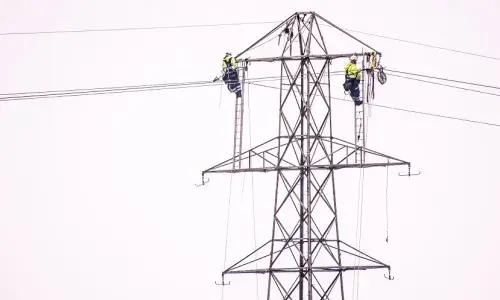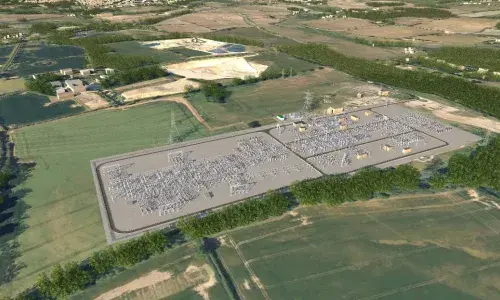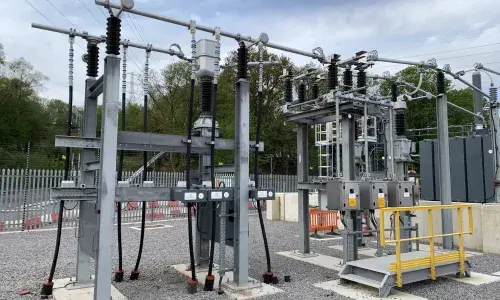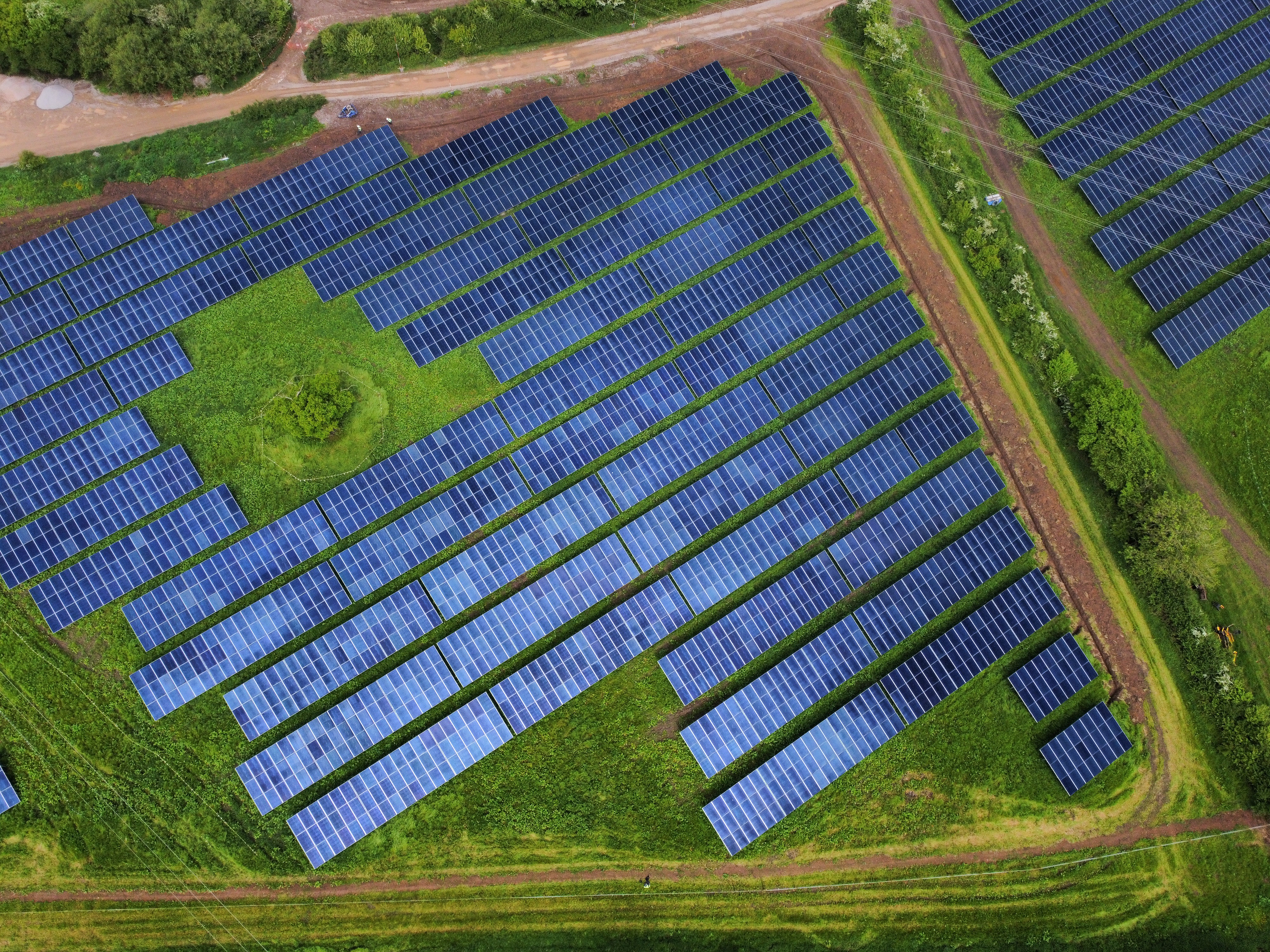
7 things to know about electricity grid connections
Everything that puts power into our electricity transmission network, or draws energy from it, needs to have a physical connection to it. Find out more about what this means, and why grid connections are central to achieving net zero.
1. Connections are like the sockets and wires in a house
As the transmission owner (TO) in England and Wales, we’re building the sockets and wires that connect the grid together. Think of our network like the sockets and wires in a house. The sockets (our substations) allow energy projects to plug in, and the wires (our power lines) carry electricity to where it’s needed.
Just like a house might need new sockets or wiring as technologies advance and more devices plug in, so too might a grid connection drive a need for new a substation, power line or transformer to handle more energy.
We also need to predict future demand on substations and the network when we design them – a central theme of our work to reform connections.
2. Grid connections come in all shapes and sizes
We connect all sorts of technologies to our electricity transmission network. That includes plugging in the world’s largest offshore wind farm, and the UK’s first transmission-connected solar farm – both in the last six months. We even make ‘zero megawatt’ connections like the trail-blazing technology recently plugged in at Lister Drive, enabling an innovative emission-free way to boost electricity system stability.
Find out more about our latest grid connections
Over the past five years we have connected 17 new generation projects and four interconnectors. And that’s not to mention demand connections…
3. It's give and take with electricity grid connections
Connections generally fall into two categories: generation (creating electricity for the grid) and demand (taking energy from it).
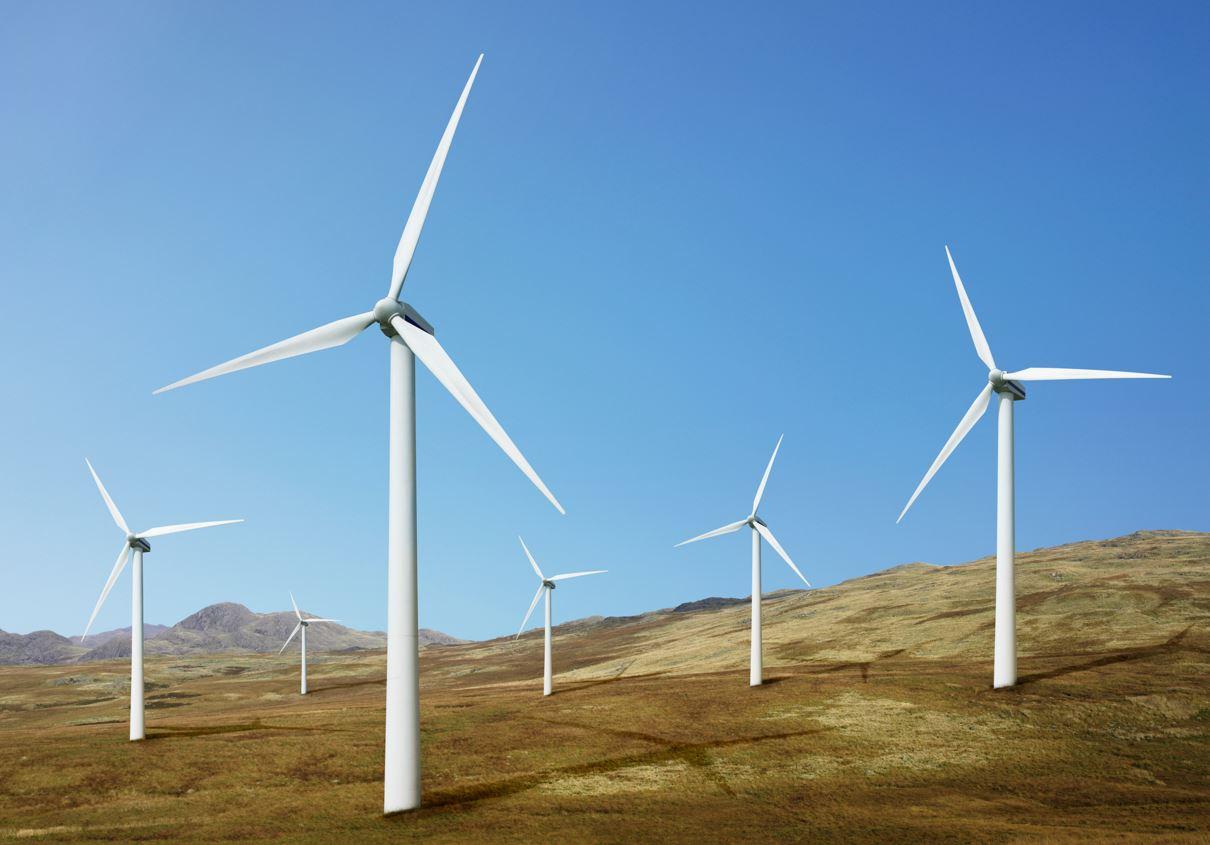
We’ve connected over 90 power generators to our transmission network, including almost 30GW of zero carbon sources and interconnectors, which are helping make Britain one of the world’s fastest decarbonising economies.
Most of our demand connections are for distribution network operators (DNOs), who we connect at grid supply points (GSPs) to enable the safe onward flow of electricity from our transmission network to homes and businesses.
Find out more about the difference between transmission and distribution
Demand connections also include big factories or rail operators, and these can help reduce emissions too. Over the past five years we've connected demand customers at 15 different substations (or GSPs), including our recent work with Network Rail at our new Braybrooke substation and with Transport for Wales in Pontypridd is helping to bring faster and cleaner trains to Britain. In Coventry we’re also connecting EDF Renewables UK’s battery storage facility to enable high power charging for electric buses, supporting the city’s ambition to become the UK’s first all-electric bus city.
4. Significant engineering works go into every connection
Physical engineering works are a major part of connecting to our transmission network. Each project requires a bespoke physical point to plug in to one of our substations, normally via a bay or tertiary connection.
Works often include installing new transformers or other equipment at our existing substations, or even building a new substation. This can add years to the delivery timeline of a connection when global supply chain timescales are considered.
Transformers in particular play a key role in connections, stepping voltage up or down depending on where electricity is on its journey. Often weighing over 150 tonnes and standing as tall as a London bus, we’ve installed over 40 of these massive devices in our substations over the past decade to help reinforce the network. Even getting a transformer to one of our substations can be a job that’s months in the planning, requiring carefully planned routes, road closures and often a police escort.
To make connections faster and more flexible, we’re developing new ‘plug and play’ technology. Later this year we’ll also energise our first grid park – an innovative approach to engineering new connections.
5. The connections pipeline is vastly oversubscribed
Rapid change in the type and volume of projects wanting to connect to our network has led to a massively oversubscribed connections pipeline.
Over 300GW currently has a contract to connect in England and Wales – a figure that’s grown by 100GW since April alone – compared with 65GW connected today.
A complex set of interacting issues is creating an incentive for projects to secure a place in this pipeline regardless of their viability. It’s driving huge increases in applications, and triggering more physical works on the grid (to our sockets and wires) than are necessary.
Read more about the connections pipeline and our action to reform the process
Around two-thirds of these projects won’t ever be ready to connect but, once in the pipeline, they will nevertheless influence our network design.
But we’re committed to tackling the issue.
6. We’re taking action with industry to improve the connections process
We’re already taking action alongside the electricity system operator (ESO), TOs, DNOs, government and the regulator to deliver the change that’s needed. Our new two-step offer process provides the space to introduce the short-term improvements outlined in ESO’s five-point plan for connections – for example an amnesty for stalled projects, new queue management arrangements and a fresh approach to battery projects to plug them in faster.
Collaborative action with industry is critical, and our work with distribution networks – part of the Energy Networks Association (ENA)’s three-step plan for connections – is unlocking capacity for local connections (and seeing encouraging results already).
These actions could free up 40GW of capacity in England and Wales – equivalent to a dozen Hinkley Point Cs – for projects that are ready to plug in.
But more radical, longer term change is needed – read our blog about how we’re working with the energy sector to reform connections.
7. The Great Grid Upgrade is investing more in our network than ever before
To make sure we can connect the new renewable energy that will power our country in years to come, we’re investing in the largest overhaul of the grid in generations – part of a £16 billion investment from 2021-2026 to support the UK’s net zero goals.
The Great Grid Upgrade will enable our transmission network to connect and carry more clean electricity to communities in every part of the country, supporting faster progress towards a clean and affordable energy system.
